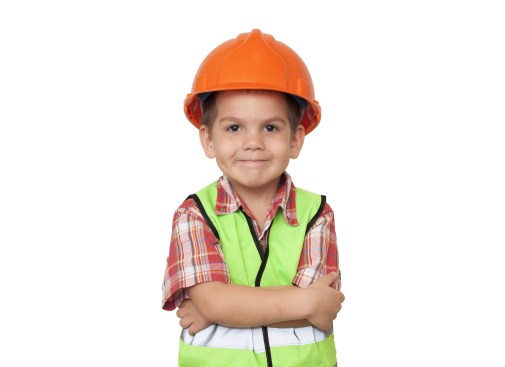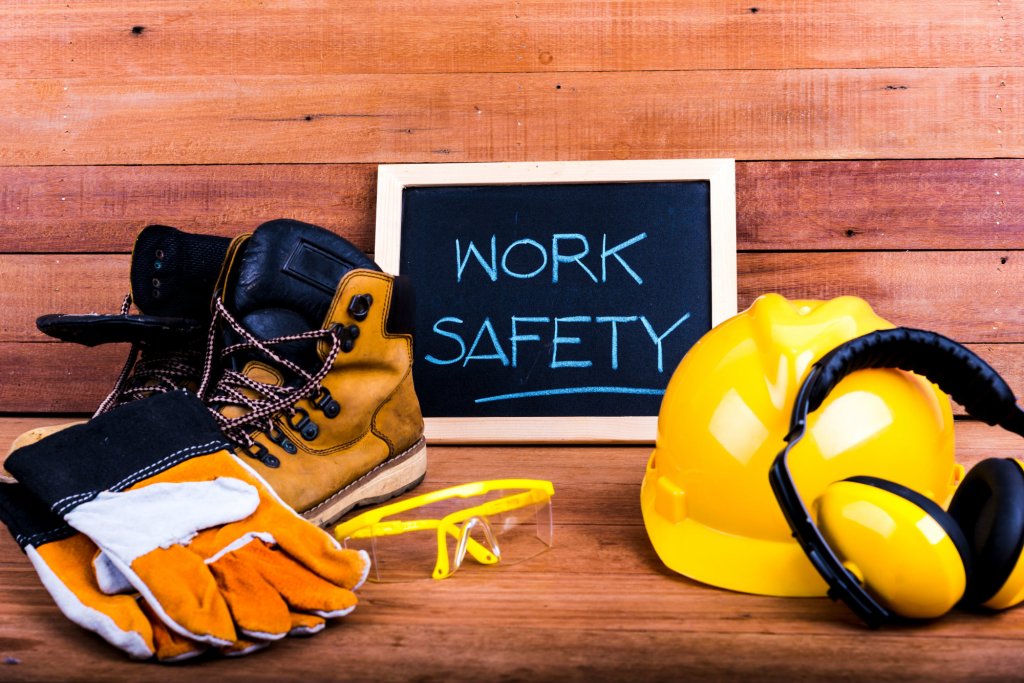There was pre-COVID-19 and at some indefinite date, powers that be will declare a post-COVID-19 era.
Now, barely able to get our brains around the toll of the pandemic and the inestimably draconian measures we’ve taken to contain it, we’re still immersed in its painful thrall. Neither here, nor there.
The force of events since 2020 began has us–humans–facing cold, harsh, irretrievable choices. Who gets medicine (when it’s scarce)? Who loses a livelihood (when liquidity buckles, and shudders, and threatens to break)? Who’s compelled–as a trade-off for continuing to be able to put food on the table–to risk not only his or her health, but that of their household and near-and-dear community members, by showing up at a workplace each day?
We wrote, earlier this week, that the desperately necessary reopening of economic activity in cities, towns, rural communities, and backwater territories, will come not only with a price–spikes and surges of novel coronavirus infections and deaths–but with the potential for a new blanket of responsibility.
We spoke of this quaint, much-challenged artifact of 16th, 17th, and 18th century social theory from the likes of Thomas Hobbes, John Locke, and Jean-Jacques Rousseau, known as the “social contract.” By definition, it presupposes “an unofficial agreement shared by everyone in a society in which they give up some freedom for security.”
This “enlightened” view suffuses the principles, values, and mission of those who framed and parented the nation in its infancy and formative years.
At the same time, one of housing’s most well-regarded and evidence-based thought leaders working today, told me this yesterday as we discussed how nerve-wracking the next month or so will be, as local municipal leaders, business leaders, public health officials, capital providers and lenders, and countless other stakeholders in our social fabric scrum for control of a massively traumatized economic vascular system:
“It’s going to be a critical moment in the American psychology, and particularly in the builders’ psychology,” this executive noted. “Deeply embedded is this attitude of disdain for regulation, policy, etc., even more so when it’s backed by information and data.”
The National Association of Home Builders has set up a resource center for workplace and job site health and safety practices. It’s time-critically important, now that businesses and workflows are set to reopen again–that you review this material today.
Rules. Except for where rules and policy make it easier for people to borrow a lot of money to buy a home, and easier for owners of homes to get breaks on their taxes, builders–like many, many Americans–could do with far fewer rules altogether. That’s just their nature. It’s mostly, “every man for himself” out there, and that’s how the next few months could work, with a price to pay on the sickness and death front.
OSHA said its prior rules for worker safety apply during the pandemic, though the agency last week did give agents leeway to investigate coronavirus claims so long as they were confined to health care facilities and met certain other criteria. In a statement to The New York Times, OSHA said that “employers are, and will continue to be, responsible for providing a safe and healthy workplace” and that it can respond to formal complaints where a worker is killed or seriously injured on the job, known as the General Duty clause. The agency’s Covid-19 guidance for employers, however, acknowledges upfront it “is not a standard or regulation, and it creates no new legal obligations.”
So, a social contract that trades individual freedom for “greater good” security and order, may feel, on margin, like a questionable “agreement” in the first place.
And now, where neither the government, nor public health agencies, nor associations, nor private sector leaders, nor any body at all can say they’ll “own” your health and safety in your workplace, the question becomes: Is this something “we” can agree to trade individual liberty and choice for a wider benefit?
The novel coronavirus–thoroughly immersed in its grip as we currently are–is only the current one. There have been epidemics–health and economic–and pandemics in the past, and it’s only a matter of time before more novel ones come our way.
Fitness to weather this one, and our fitness to prepare for the next and the next and the next one after that is the challenge on all of our shoulders as we greet each day.
A stay-at-home, shelter-in-place work-a-day world has done nothing so much as to open our eyes to the littlest of our human fellows, scootering, and stroller-ing, and toddling, and playing with parents they’d barely spent any time with in the months leading up to the crisis.

Adobe Stock / kuchina
If we become fuzzy, or overwhelmed, or shaken in our resolve about what’s next for us as we choose–or not–to trade a bit of our own individual freedom for the greater good, at least we have those 1-year-olds, or 3-year-olds, or 5-year-olds, or 9-year-olds to help remind us why.



